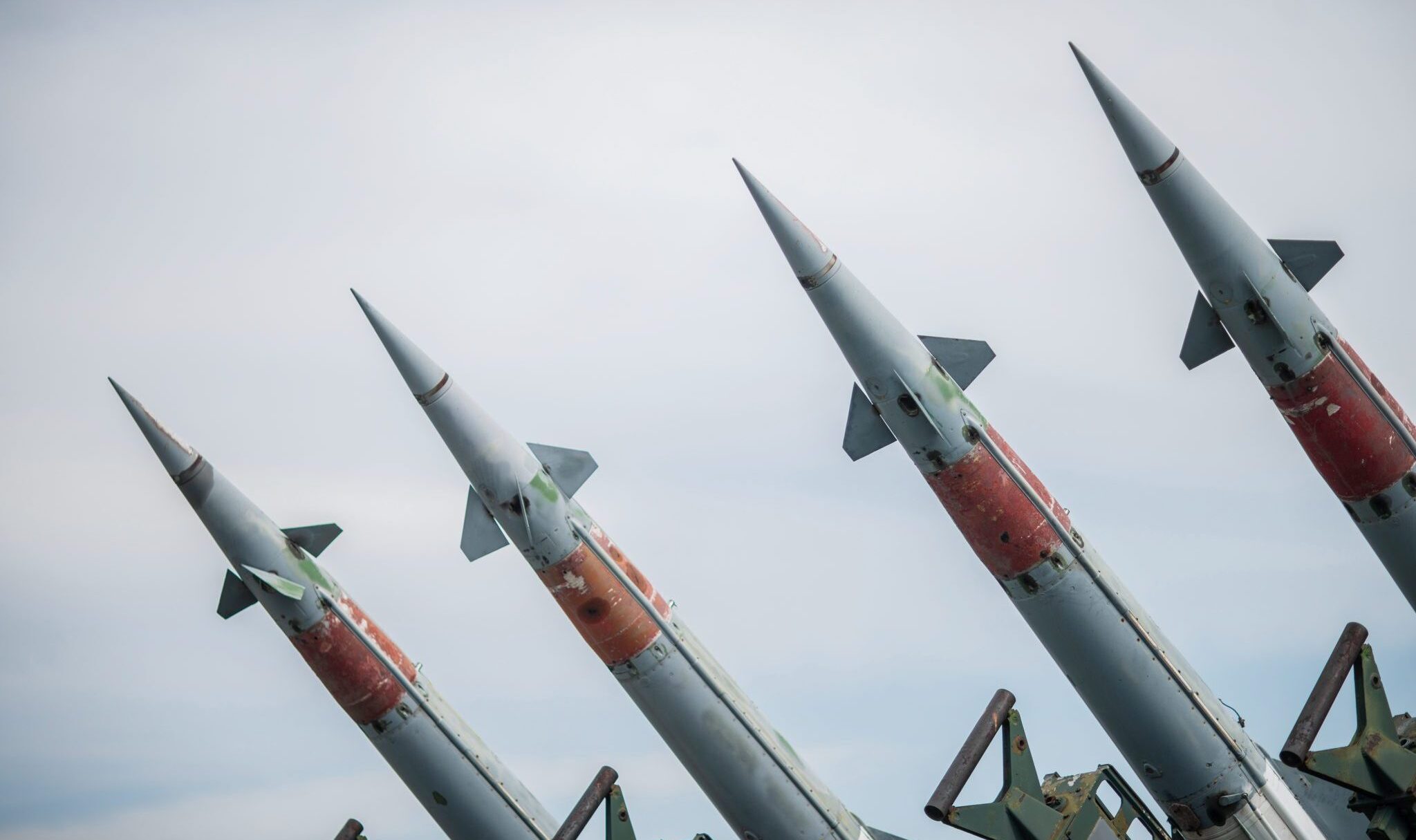Russia’s Redlines
The U.S. is playing with fire in Ukraine.

Last week’s decision by Russian president Vladimir Putin to launch an intermediate-range ballistic missile against a military complex located in the Ukrainian city of Dnipro (population 937,000) was a response to a prior Ukrainian attack on Russian territory that made use of American-made ATACM and British-made Storm Shadow ballistic missiles. This is but the latest in a series of alarming escalatory moves from both sides of the conflict. Worryingly, the same people who assured us Russia would acquiesce to NATO’s enlargement to its borders are now assuring us that Putin’s repeated threats to resort to nuclear weapons are nothing to worry about.
In a televised speech on November 21, Putin warned that, “We consider ourselves entitled to use our weapons against military facilities of those countries that allow their weapons to be used against our facilities.”
Dr. Stephen Starr, who served as the Director of the Clinical Laboratory Science Program at the University of Missouri points out,
The U.S. ATACM and UK Storm Shadow missile attacks directed and conducted against Russian territory, have had no prospect of changing the outcome of the Ukraine War. Russia has already won. The U.S., NATO, and their proxy Ukraine have been decisively defeated on the battlefield by a Russian military armed with a host of weapons far superior to anything possessed by the West—all at the terrible expense of the people of Ukraine, who have lost well over a million killed and wounded, with their nation utterly destroyed.
All this comes fast on the heels of Russia’s announcement, also made last week, that Russia has amended its nuclear doctrine by lowering its threshold for a nuclear strike. Going forward, Moscow will consider an attack by a non-nuclear country that is supported by nuclear-armed powers as a joint attack.
These pronouncements were greeted with dismay by a gathering of international relations scholars and security experts at the inaugural meeting of the Yerevan Dialogue over the weekend. Founded by the Armenian-American political scientist Arthur Khachikian, the Dialogue hosted a dozen international affairs and regional security experts from Europe and the United States over the weekend in Armenia. One retired French military official, who asked not to be identified, emphatically noted that, for Putin, “there is a ‘red line’ but we will only discover it once it is too late.” The official’s statement was an eerie echo of Hegel’s warning that “the Owl of Minerva spreads its wings only with the coming of the dusk”—in other words, wisdom begins to dawn only when it’s too late.
It hardly needs pointing out that wisdom has not been among the defining characteristics of the Biden administration, the titular head of which spent the previous three decades loudly claiming that it was inconceivable that NATO expansion would provoke a Russian response. Better minds and men knew differently. The Cold War historian Hall Gardner of the American University of Paris noted over the weekend that in 1995, Paul Nitze, a Cold Warrior par excellence and Ronald Reagan’s principal arms-control negotiator, submitted an op-ed to the Washington Post in which he warned of the potentially destabilizing effects of NATO expansion.
Nitze’s op-ed, unearthed by Gardner, read, in part:
With the vulnerability of Russia’s new democracy, pushing for NATO enlargement will likely exacerbate the existing, destructive internal pressures. A wrong move on our part could easily backfire, triggering the rise to power by Russia’s nationalists, sidetracking START II and possibly unraveling other arms control agreements without which NATO will find itself back in a Cold War environment. It is far better to act on the belief that Russian nationalists are growing in political power and be wrong by curtailing NATO expansion, than it is to risk European instability in the face of a new confrontation with Moscow… Our long term objective should be to promote the engagement not the exclusion of Russia in Europe.
But the Post declined to run it.
Moving from clear and present to future dangers, security experts I spoke to also expressed grave misgivings about the decision to deploy U.S. long-range Tomahawk cruise missiles to Germany beginning in 2026. The first Trump administration’s evisceration of the landmark 1987 Intermediate-Range Nuclear Forces Treaty (which Nitze helped negotiate) made the deployment possible—after all, the Treaty had heretofore prohibited the deployment of missiles with ranges of between 500 and 5,500 kilometers.
The upshot of all this is easy enough to discern. The war’s continuation will result in: the further devastation of Ukraine, a hardening of the cold war divide across Europe, and a deepening of the “no limits” partnership between Russia and China. This last will have ramifications for the incoming administration’s expected hardline policy toward Iran. In this context, it is important to note the statement of the Arab Islamic Summit issued on November 11 which warned of the “danger of the escalation sweeping the region and its regional and international consequences.”
In their enthusiasm for a violent confrontation with Russia, a generation of American pundits and policymakers have helped create the conditions for a wider war, one that may soon stretch across Ukraine into the Greater Middle East. It remains a very open question (given the shape of his national security team) how Donald Trump plans to weather the coming storm.
The post Russia’s Redlines appeared first on The American Conservative.

